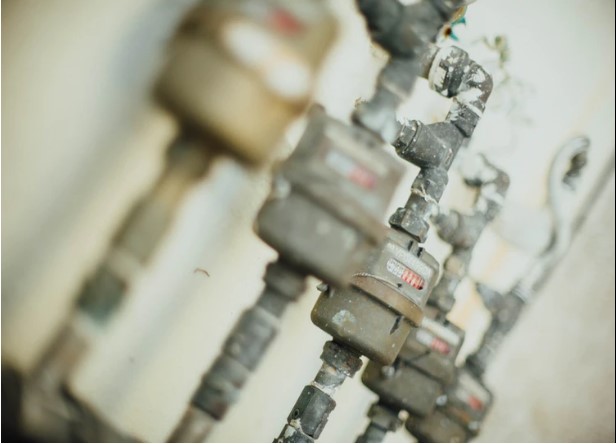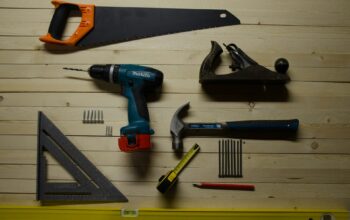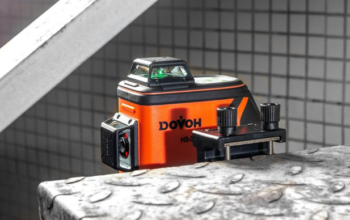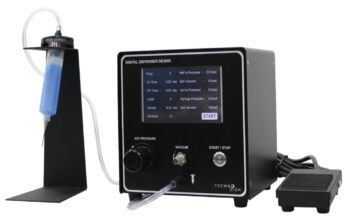Winter temperatures can take a toll on your home’s plumbing system. The cold season encourages the freezing of pipes. Frozen pipes are highly susceptible to bursting and often reduce the amount of water that comes through your fixtures. When water freezes, it expands, exerting pressure on your plumbing system, resulting in leaks.
If you aren’t vigilant enough in search of frozen parts of your plumbing system, you risk dealing with a water-damaged home. Of course, your best defense against this issue is to winterize your home long before temperatures start dropping.
Here is how to identify and deal with frozen pipes in your plumbing system:
Pipes That Are Vulnerable to Low Temperatures
Depending on their location, some pipes will be more susceptible to freezing than others. For instance, Chattanooga water damage restoration experts note that it’s very easy for pipes located along the exterior wall of your home to freeze as they lack adequate insulation to protect them from harsh exterior temperatures during winter.
Pipes located in the basement or attic are also highly vulnerable to freezing. Unlike other parts of your home, these areas might receive little heat and are typically poorly insulated. Start with these two areas whenever you are inspecting your home for frozen pipes.
Signs That You Have Frozen Pipes
Frozen pipes make it hard for water to reach your faucets. If you notice a drop in water pressure when you open your faucets, start inspecting your plumbing system. However, water might still get to your faucet at high pressure if the freezing is at its early stages. The best option is to start inspecting your home for frozen pipes immediately when the winter temperatures kick in.
Be on the lookout for frost on pipes that you can easily access. For pipes that you can’t access, such as those hidden behind walls, watch out for any foul smells or wet walls. Blocked or frozen pipes can produce an odd smell when they start leaking and facilitating mold growth. Mold in the home can be a serious health risk, so prioritize in preventing its growth in the first place.
How Much Will Fixing Frozen Pipes Cost?
Estimating the cost of fixing frozen pipes isn’t straightforward since every situation is unique. Ideally, the cost will be hinged on where the pipe is located and whether it has burst or not. If the blockage is easily accessible, thawing it will be pretty straightforward. It becomes more expensive to fix pipes located behind a wall. You will need to cut the sheetrock before you can thaw the blockage.
This task is best reserved for a professional plumber. The cost will likely increase if any of the frozen pipes are busted. You will have to hire a plumber to replace damaged pipes and water restoration experts to salvage any damaged part of your property. Keep in mind that winterizing your home in advance helps avoid most of these problems.
Insurance and Frozen Pipes
The question of whether your insurance will cover the repair costs will depend on your individual insurance policy. In most cases, the lowest cost insurance policies do not cover frozen pipes and any ad hoc damages. For those that cover, you might need to have met a few guidelines, such as maintaining the heat of your home at a specific temperature. Reach out to your insurance agent to confirm whether they will cover these costs or not.
Conclusion
Be sure to act quickly once you find frozen pipes within your property. The earlier you can fix the issue, the less costly it will be. Fixing this issue early reduces the risk of exposing your home to water damage and paying for its restoration. Being proactive in home maintenance, including properly winterizing your home helps avoid potentially costly problems down the road.
Related Posts












